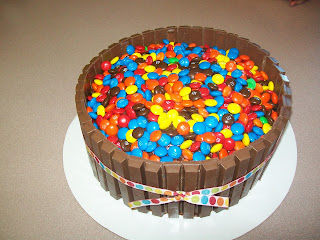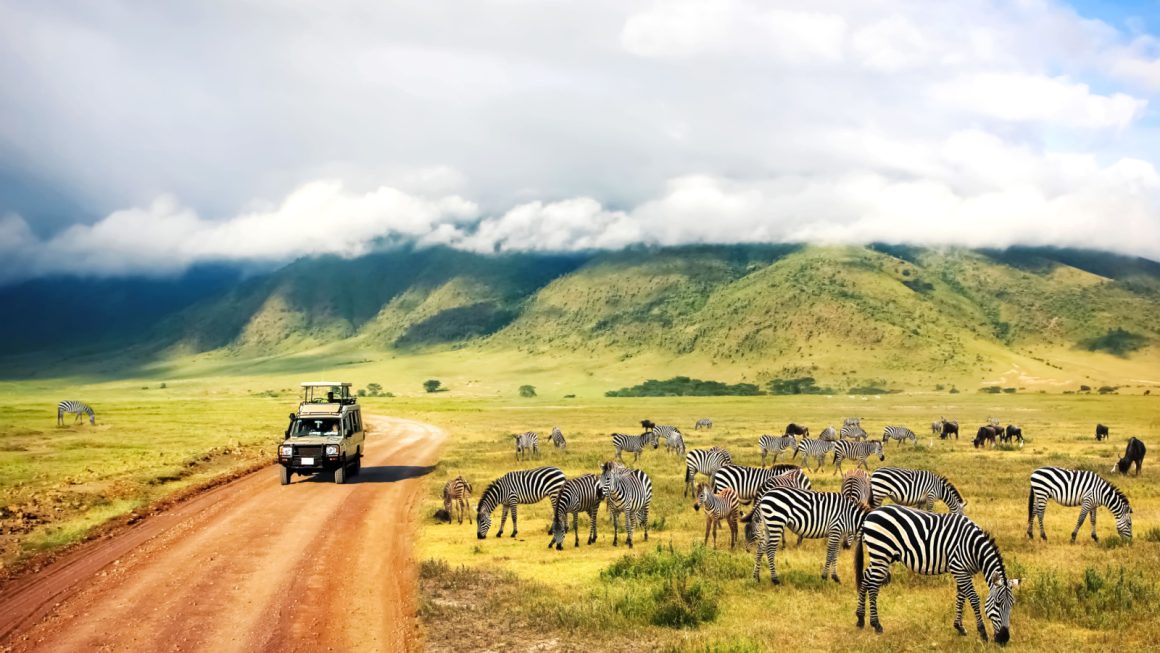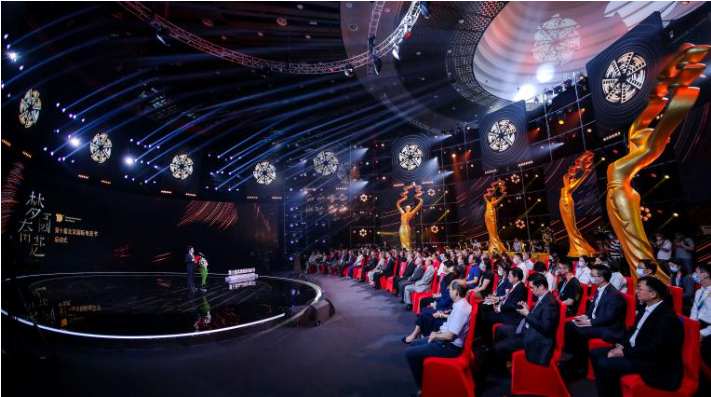Introduction
Fast food, fast fashion, and fast lifestyles are the norm for most celebrities. Most celebrities and everyday people live their lives at a speed that allows us to receive everything instantaneously. The same is true for hair.
Why wait years for your hair to grow when you can have the same effect in a matter of seconds?
The virgin hair extensions business is flourishing. Celebrities wear them on a regular basis, and for most women, it’s now part of their normal ‘getting out’ routine. Simply add a few tufts and waves here and there, and you’re done.
But how much did it cost the individual who grew it? Where do they really come from? So many questions, but few answers are found.
Most conscious purchasers are cautious when they don’t know where the hair extensions come from. That’s why we thought it was only fair to make all of the information available to you. With the following information, you are free to draw your conclusions and make a more informed decision.
Where do original hair extensions come from?
The majority of the best hair extensions come from India, and a small percentage are from Vietnam and other countries.
Hundreds of Hindu women sit on wooden benches in a small temple in Tirupati, India, waiting for their hair to be shaved. It’s a complete act of devotion to their gods and the first step in an astonishing journey that will see their long, dark locks weaved into the hair of ladies thousands of miles away.
Hair brokers collect masses of hair from pilgrims’ heads every year. Previously, the hair was burned, but now it is put to more practical use: it is sold to processing factories, which cure it and then sell it around the world.
According to the hair vendors who have been in the hair industry for decades, only about 5% of the best hair extensions are from Indian temples, and about 95% are from the Northern and Southern parts of India.
The open secret behind most celebrities’ long, luscious hair is that it isn’t necessarily their own. In addition, the trend of celebrities using hair extensions has contributed to the growth of the global market for wigs and weaves.
Fun Fact: Most of the hair-like Brazilian hair is actually Indian hair. The term is just a marketing strategy.
What does the process of creating 100 virgin Remy human hair extensions look like?
The process of creating 100 virgin Remy human hair extensions is precise and meticulous in getting the most out of donated hair.
Here is a typical scene in an Indian Temple
- Pilgrims stay in line, waiting to donate their hair in an act of devotion.
- The barbers tie the long hair, wrap it around thier hand, and cut them. This is an important step because this method ensures that all the hair cuticles are intact and face the same direction. This hair is used to create 100% virgin Remy hair extensions, but more on that later.
- The virgin hair extensions are then auctioned off to hair vendors.
- The 100 virgin remy human hair extension then undergoes inspection and cleaning process before being sold to customers, including celebrities.
What is the difference between Non-Remy and Remy virgin hair extensions?
The creation of non-Remy hair extensions
- Unlike Remy hair, non-Remy hair extensions are inverted and tangled.
- After the shaving hair from the pilgrims, the fallen hair is collected before being sent to hair exporters in China and the rest of the world.
- Non-Remy hair extensions are also crated from hair collected from brushes which are weighed and sold.
- Acids are used on non-Remy hair extensions to strip the hair of dirt and kill any build-ups.
- Silicon is then applied to the hair, giving non-Remy hair an unnatural shine, making it silky and smooth.
- It is important to note that after 4-5 washes, the silicones are washed from the hair, and the non-Remy hair is back to its original state without any gloss.
The creation of Remy hair extensions
- After hair vendors collect the hair, the hair is separated by length and color(gray, henna, and previously bleached hair).
- The Remy hair extensions are then washed with the rubber band still attached.
- Most hair vendors that sell 100 virgin remy human hair extensions do not use hair below 16 inches.
- The Remy hair undergoes one more hair wash where about 50% of the hair is lost.
- Once the Remy hair is air-dried, it is brushed to catch any shedding before being hand-crafted with wefts to be sold.
How can you shop ethically sourced hair extensions?
Knowing how to buy hair extensions online that are ethically sourced is very important for most, if not all, customers. Hair is empowering, expressive, and a reflection of who we are. Using hair extensions is not a crime; it is simply another option for us to express ourselves artistically.
However, it should not be at the expense of another person’s dignity and humanity. The best thing we can do is known where the hair came from.
Diva Divine offers ethically sourced and hand-crafted 100 virgin remy human hair extensions. Most, if not all, of the virgin remy hair extensions available at Diva Divine, are from Indian Temples. They only use premium Remy hair, and all of their extensions are ethically and environmentally sourced.
If you are ready to buy hair extensions online, shop at Diva Divine, the industry standard for hair extensions. Enjoy guilt-free, gorgeous virgin remy hair extensions today!


